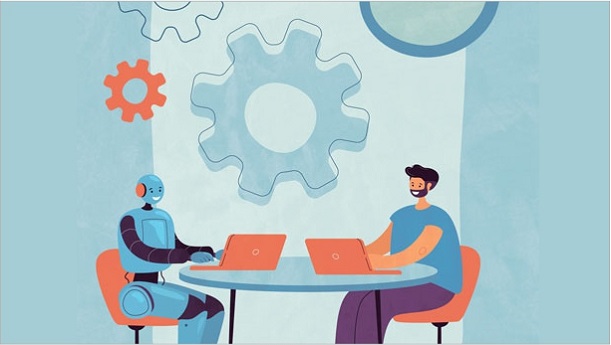
Industrial Revolution 5.0 is human-centric with focus on socio environmental sustainability and brings the power back into the hands of humans. Industry 5.0 will bridge this gap to create future systems and services that focus on social and environmental aspects utilising data and technological advancements from Industry 4.0.
Log In or become an AIMA member to read more articles
